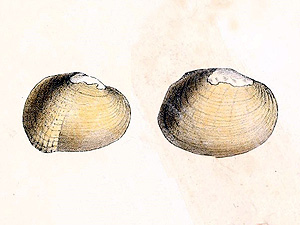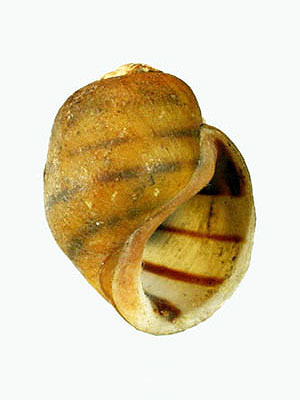Florida Spectacled Bear (Tremarctos floridanus)
The short-faced bears, so named for the shape of their skulls, which appear to have a disproportionately short snout compared to other bears, are a subfamily (Tremarctinae) of the bears that are/were restricted to the Americas. Only a single species survives until today, the Spectacled Bear (Tremarctos ornatus (Cuvier)) of South America.
***
The Florida Spectacled Bear, described in 1928 based on fossil bones from Pleistocene deposits, inhabited the southern parts of North America, including Mexico, as well as Florida, Georgia, New Mexico, and Tennessee, USA.
The species differed from its South American counterpart by its much larger size and its heavier proportions.
The Florida Spectacled Bear was mainly a Pleistocene species and disappeared at the end of that epoch, however, bones of the species, found at Delvil’s Den, a flooded karst cave in Florida, were dated to an age of about 8000 BC, indicating that the species may have survived for a somewhat longer time. [1]
*********************
References:
[1] B. Kurtén; E. Anderson: Pleistocene Mammals of North America. Columbia University Press 1980
*********************
edited: 04.11.2017


